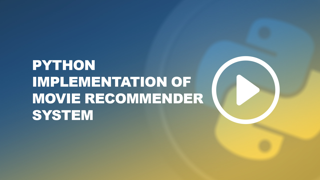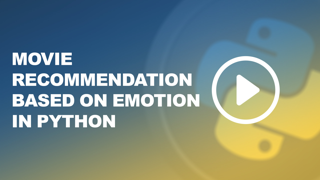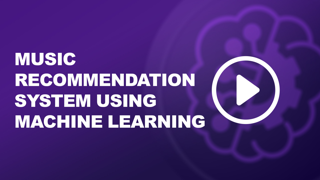Medical Insurance Price Prediction using Machine Learning in Python
Medical Insurance Price Prediction Using Machine Learning in Python
Predicting medical insurance costs is an important application of machine learning, especially in the healthcare and insurance industries. The cost of medical insurance is influenced by various factors such as age, gender, BMI (Body Mass Index), smoking habits, and more. Machine learning models can be employed to predict insurance premiums based on these factors, helping insurance companies and individuals make informed decisions.
Project Overview
In this project, you will build a machine learning model that predicts the price of medical insurance for an individual based on key features like age, gender, BMI, smoking habits, and region. The goal is to accurately estimate the insurance premium that an individual is likely to pay.
Key Concepts Covered
- Data Collection and Preprocessing: Gathering and cleaning the dataset, handling missing values, and preparing it for analysis.
- Feature Engineering: Identifying and creating relevant features that influence the insurance cost, such as age, gender, BMI, number of children, smoker status, and region.
- Model Building: Implementing machine learning regression models like Linear Regression, Decision Trees, Random Forests, or Gradient Boosting.
- Model Evaluation: Assessing the model’s performance using metrics such as Mean Squared Error (MSE), Mean Absolute Error (MAE), and R-squared.
Steps to Build the Medical Insurance Price Prediction Model
Data Collection:
- The first step is to acquire a dataset that contains relevant data for predicting insurance costs. Publicly available datasets, such as those found on Kaggle, typically include features like age, sex, BMI, children, smoker, region, and charges.
Data Preprocessing:
- Clean the dataset by handling missing values and outliers.
- Convert categorical variables, like gender and region, into numerical values using encoding techniques such as one-hot encoding.
- Normalize or scale numerical features, such as age and BMI, to ensure the model treats them consistently.
Exploratory Data Analysis (EDA):
- Perform EDA to understand the relationship between different features and the target variable (insurance charges).
- Visualize data using correlation heatmaps, scatter plots, and box plots to identify trends and patterns.
Feature Engineering:
- Select the most important features that influence insurance prices:
- Age: Older individuals typically pay higher premiums due to increased health risks.
- BMI: Higher BMI values can indicate obesity, which often leads to higher insurance costs.
- Smoker Status: Smokers are charged higher premiums due to the increased health risks associated with smoking.
- Create interaction features or polynomial features if necessary to capture non-linear relationships.
Model Building:
- Implement regression models like:
- Linear Regression: A simple model that assumes a linear relationship between the input features and the insurance charges.
- Decision Trees: A non-linear model that splits data based on feature importance, creating a tree-like structure.
- Random Forest: An ensemble technique that builds multiple decision trees and averages their predictions to improve accuracy.
- Gradient Boosting: A powerful method that sequentially builds models to correct the errors of previous ones, resulting in a strong predictive model.
Model Evaluation:
- Evaluate the model’s performance using metrics like Mean Squared Error (MSE), Mean Absolute Error (MAE), and R-squared.
- Compare the performance of different models and select the best one based on the evaluation metrics.
Hyperparameter Tuning:
- Use Grid Search or Random Search to fine-tune model parameters and achieve better predictions.
Deploying the Model (Optional):
- You can deploy the trained model using Flask or Django to create a simple web application where users can input their details and get an estimated insurance premium.
Applications and Use Cases
- Insurance Premium Estimation: Provide quick estimates for potential customers based on their personal information.
- Risk Assessment: Insurance companies can assess the risk level of individuals and adjust premiums accordingly.
- Healthcare Planning: Individuals can use the model to plan their healthcare budgets based on expected insurance costs.
Challenges in Medical Insurance Price Prediction
- Data Availability: The accuracy of the model depends heavily on the availability of comprehensive and diverse data.
- Interpreting Results: Insurance companies may need explainable models that provide insights into why certain predictions are made.
- Feature Importance: Identifying the right features and interactions can be challenging, especially in complex datasets.
Conclusion
Predicting medical insurance prices using machine learning is a valuable project that demonstrates the practical application of regression models. By analyzing factors such as age, BMI, and smoking status, you can build a model that helps both insurance providers and customers make informed decisions.
For a detailed step-by-step guide, check out the full article: https://www.geeksforgeeks.org/medical-insurance-price-prediction-using-machine-learning-python/.










